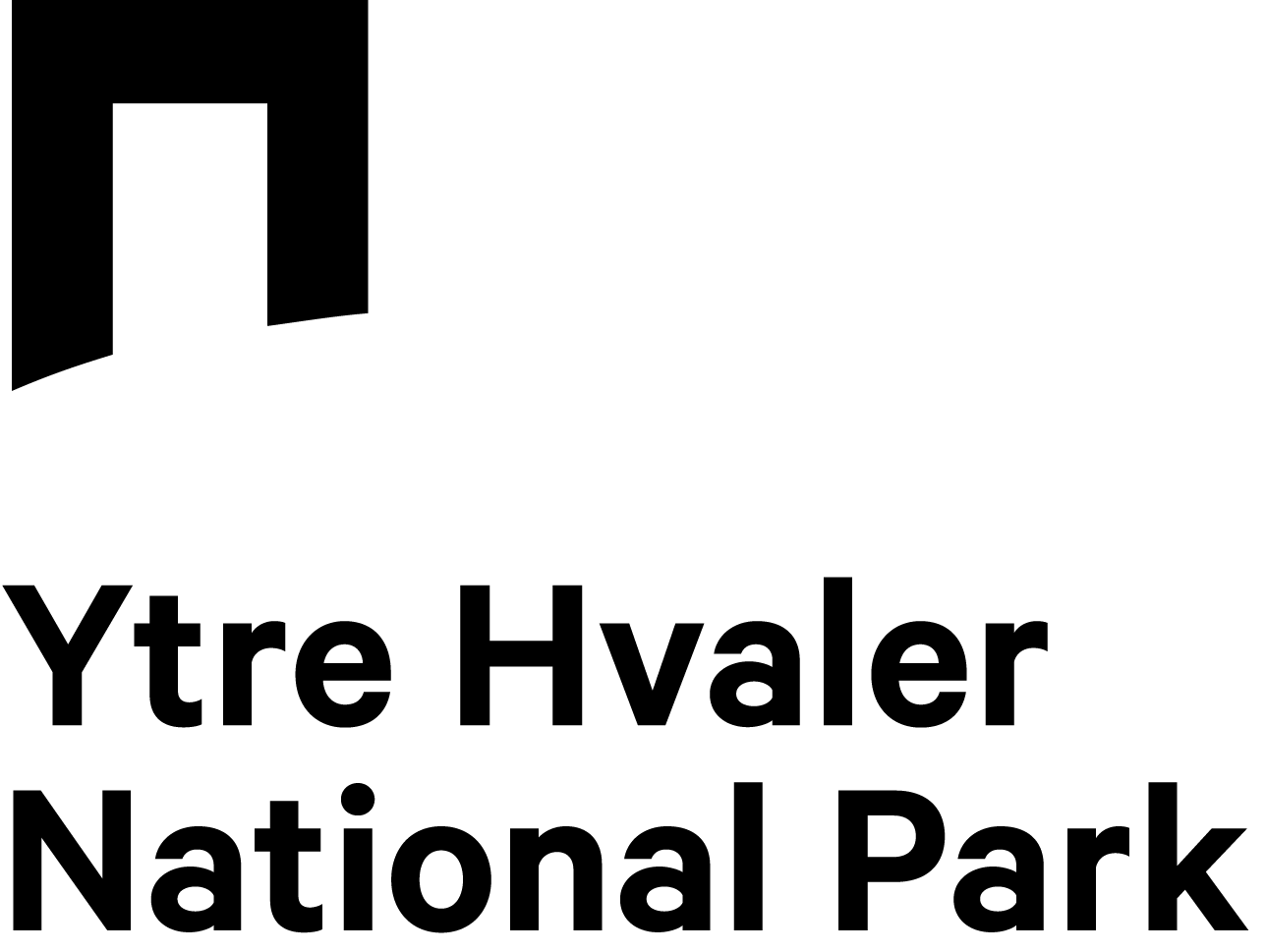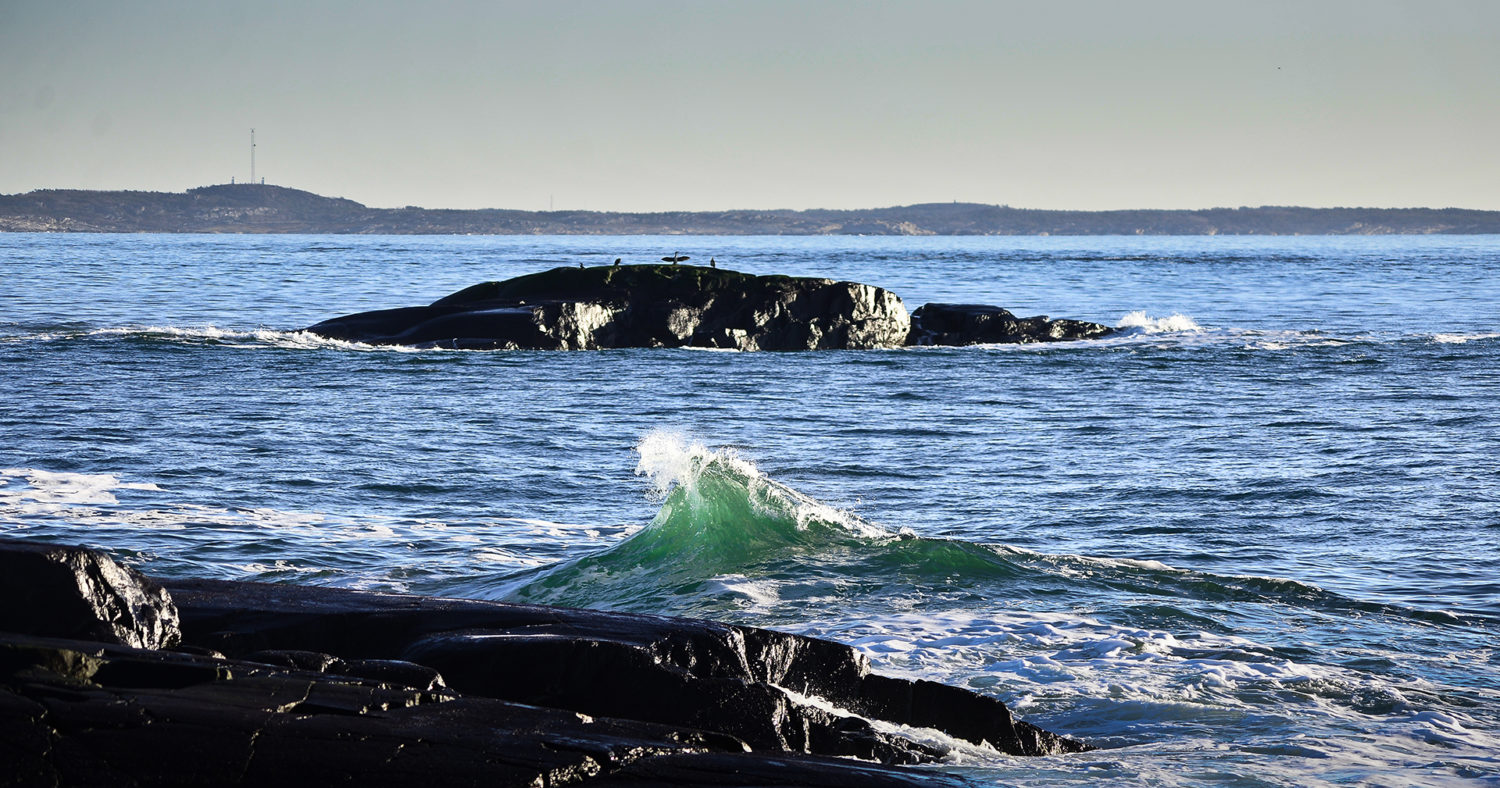
About the national park
The archipelago in Ytre Hvaler National Park forms large, contiguous areas with rich biodiversity both on land and under water. It is a place where you can experience a magnificent coastal landscape, smooth shoreline rocks, wind-swept coastal forests, and many rare and endangered plant species.
Planning your visit
Are you thinking about taking a trip to the national park? Here you can read about everything you need to know when visiting Ytre Hvaler National Park. You can find out when it is best to visit the national park, how to find your way here, and what rules apply in the area.
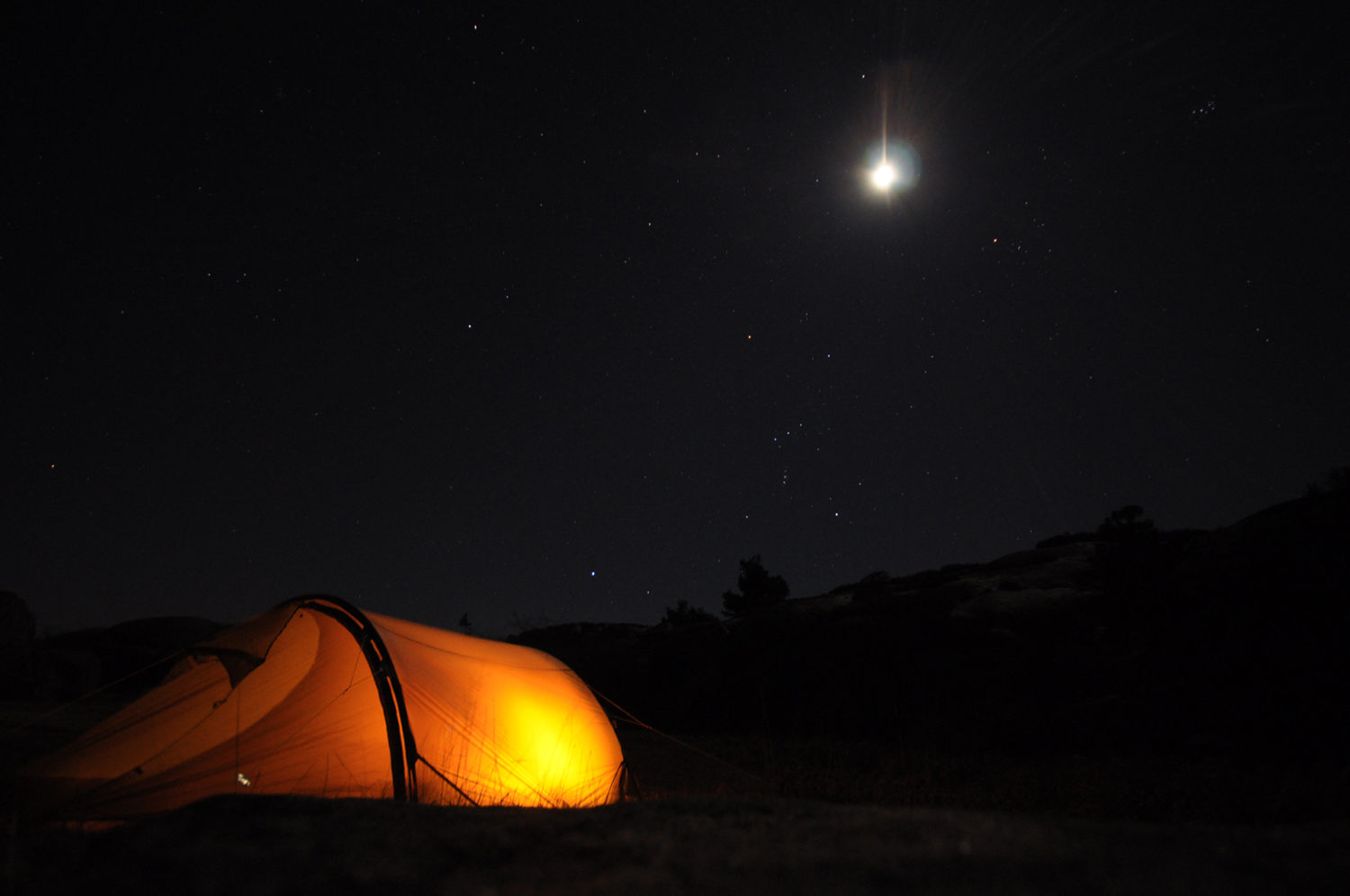
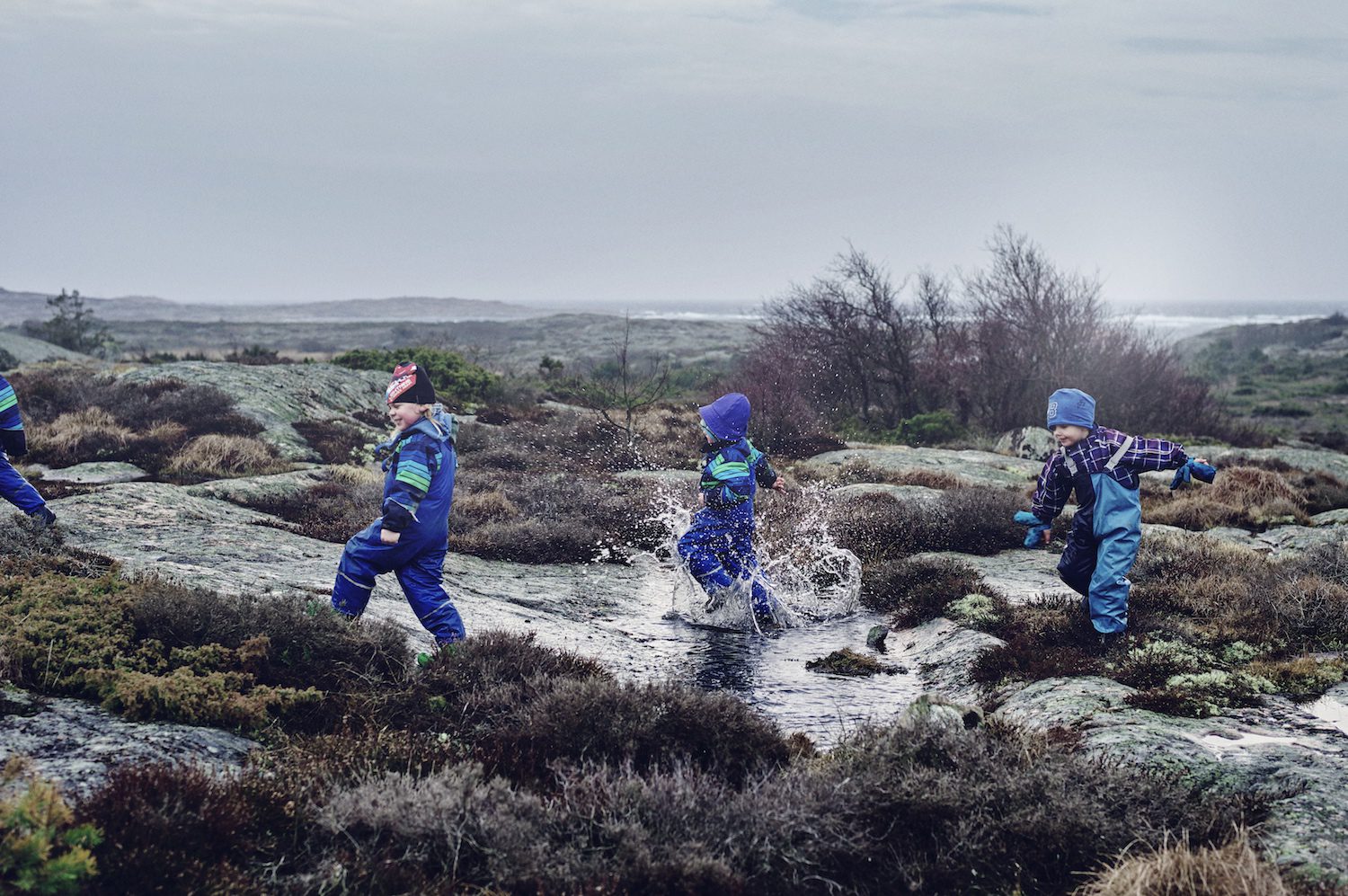
Ytre Hvaler Visitor Center
Ytre Hvaler Visitor Center can be found at Skjærhalden and Storesand. The center provides information about the national park, nature, culture and outdoor recreation. Feel free to visit the exhibition we have at Kornmagasinet!
Trip suggestions
The national park has a network of trails. Most of the trails have a simple but sturdy standard, suitable for hiking. The Coastal Trail (Kyststien) is part of the adapted trail system in the national park. Visitors will find tips for hiking and kayaking trips in or near Ytre Hvaler National Park.
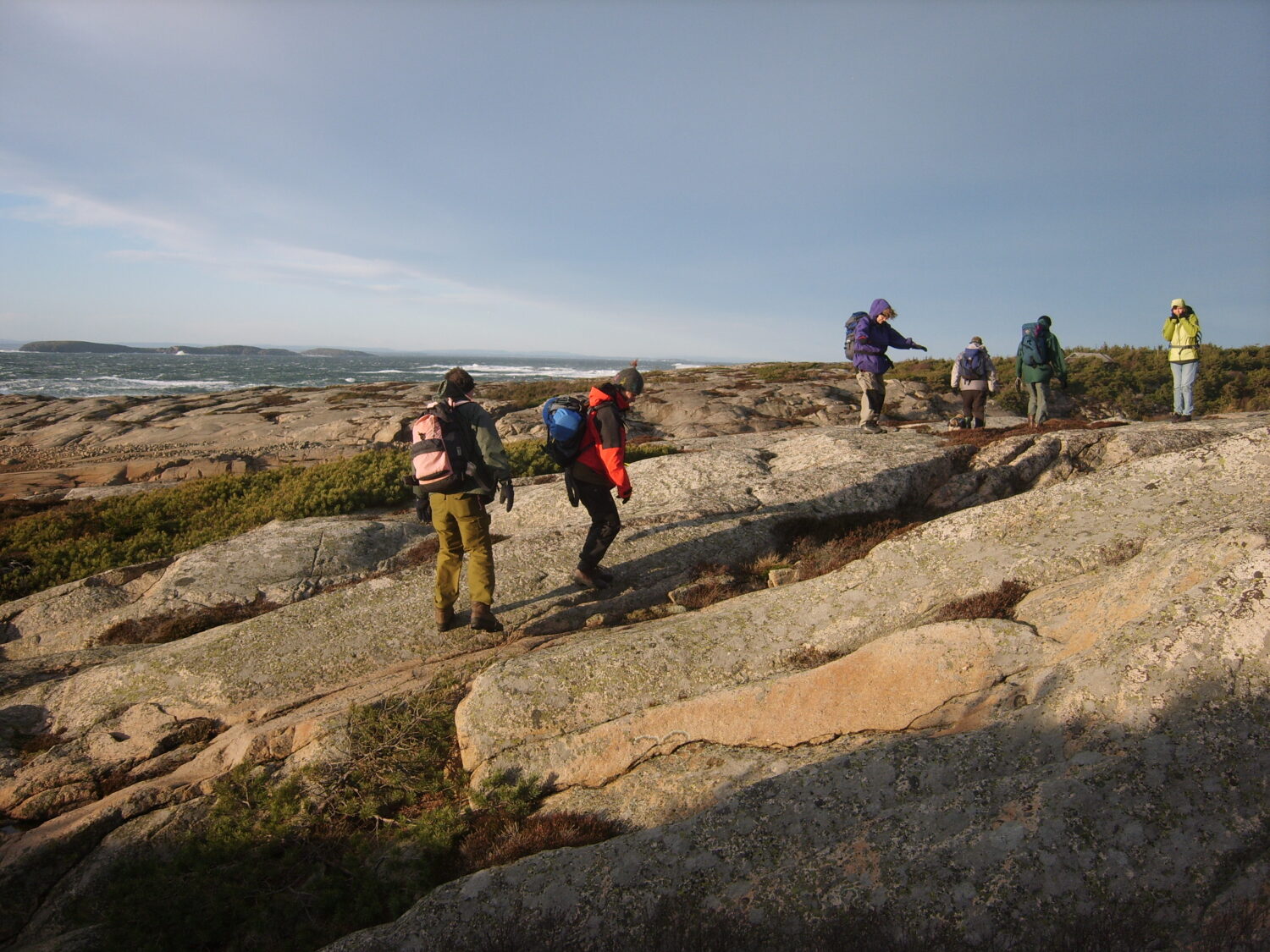
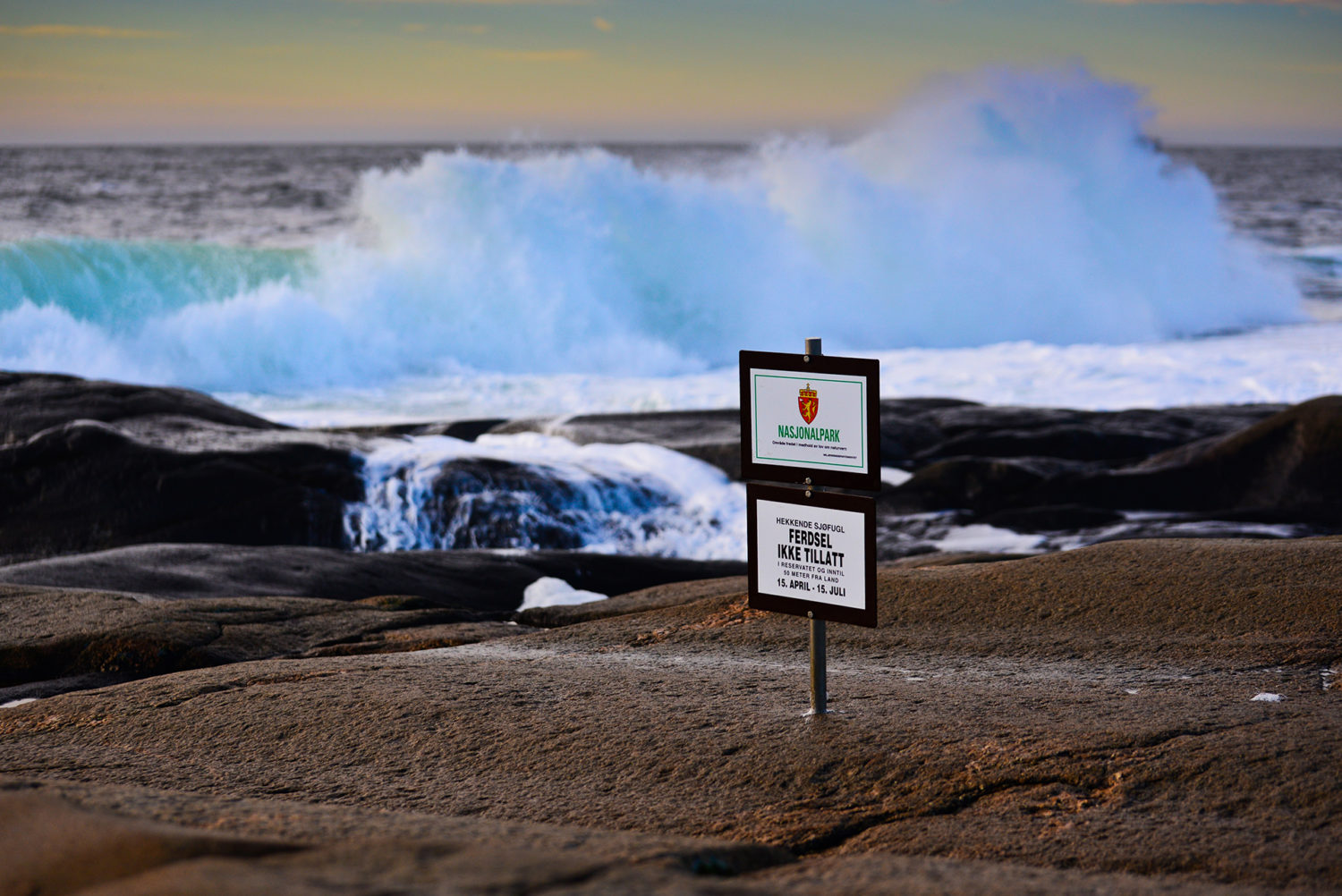
Nature management
Ytre Hvaler National Park was established to preserve a distinctive, large, and relatively untouched natural area on Norway’s southeast coast, in the beautiful Hvaler archipelago. The aim of the national park is to preserve the underwater landscape with its varied seabed topography, as well as the ecosystems both on land and in the sea.
The Right to Roam – our right to roam around freely
The Right to Roam gives us the right to travel through and stay on uncultivated land in Norway. The Right to Roam is a free common good that is part of Norway’s cultural heritage and applies regardless of who the landowner is.
The Right to Roam is the foundation of outdoor recreation in Norway. It grants the right to free access to uncultivated land both on foot and on skis. The most important rules about the Right to Roam are outlined in the Outdoor Recreation Act.
Uncultivated land is land that hasn’t been developed and includes most of the lakes, shorelines, marshes, forests and mountains in Norway.
The Right to Roam applies to everyone and includes the right to stay in certain areas (e.g., camping, swimming and taking breaks), travel through certain areas, and forage the land. Using the Right to Roam is free of charge.
Stopovers, travel and foraging must take place in a considerate manner. You must show consideration towards other people enjoying the outdoors, local residents, cabin owners, and farmers, the latter of which depend on nature for their livelihood.
Regardless of whether you are on cultivated or uncultivated land, you must always close gates behind you and show consideration towards grazing animals.
Read more about The Right to Roam in this PDF brochure.
Welcome to the national park
Remember that you are nature’s guest when visiting our national park. The first rule is to show consideration towards all life around you – including other people.
If you love the coast and the sea, islands and islets, sheltered bays, and seagull cries, then Ytre Hvaler National Park offers plenty of these attractions to enjoy!
The outdoor experience can easily be enhanced by bringing along a simple diving mask and snorkel. In a weightless state, you can observe fascinating hermit crabs, exotic wrasse fish, and industrious shore crabs. Below the surface of the sea in the national park, there are also beautiful anemones and deep-water corals.
The national park provides habitat for over 300 endangered species on land alone. A walk in the forest along the coast will offer experiences of diverse birdlife, beautiful butterflies, fragrant meadows, and shimmering heathlands.
Ytre Hvaler National Park is Norway’s first national park where the natural environment beneath the surface of the sea is protected. The national park was opened on 09.09.09.
Natural heritage can never be replaced – it can only be preserved!
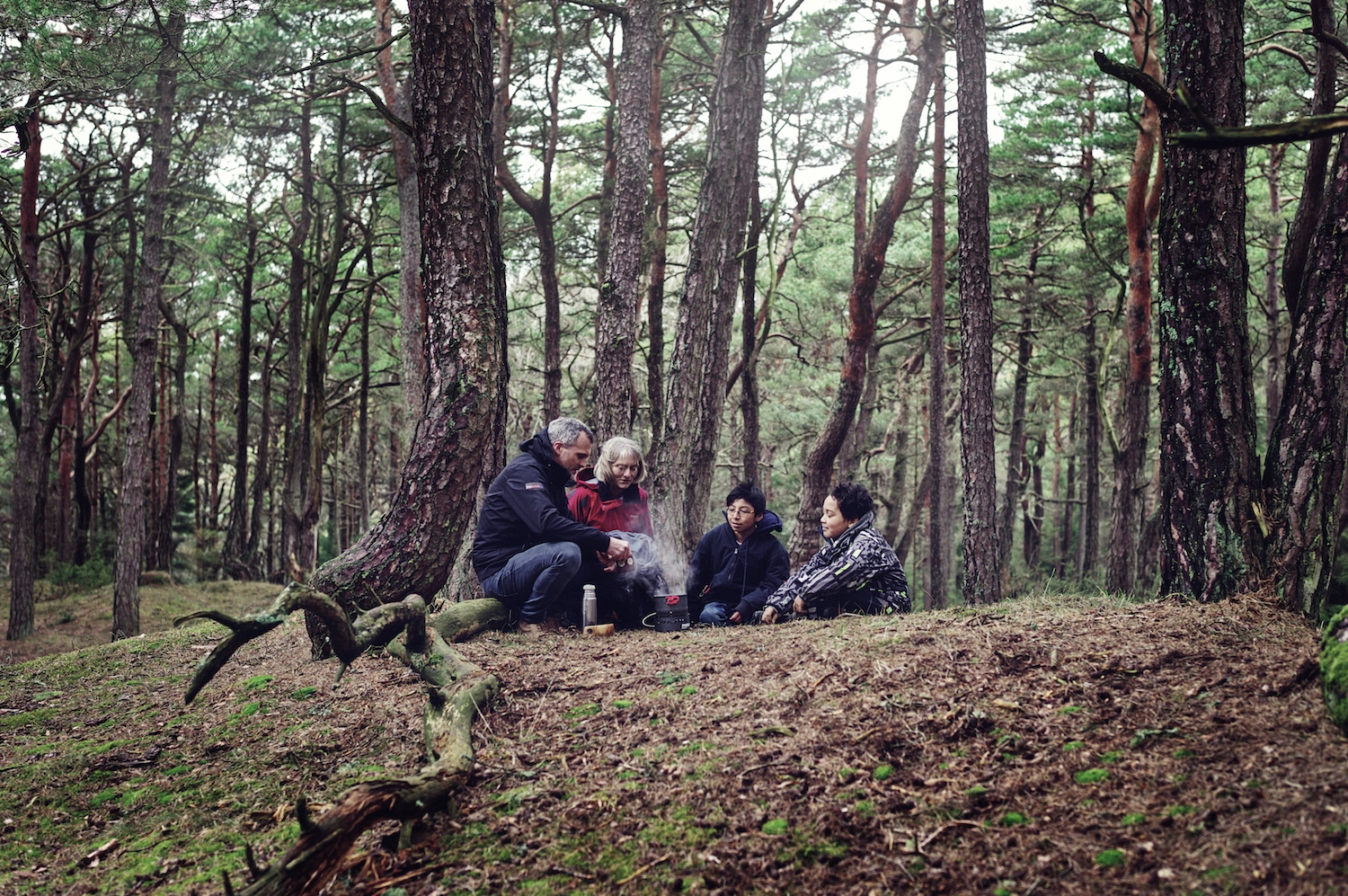
The coastal pine forest in Ytre Hvaler National Park is well suited for trips for the family all year round.

Kelp forests form the basis of life for a myriad of other marine life.
